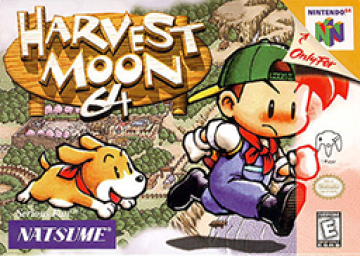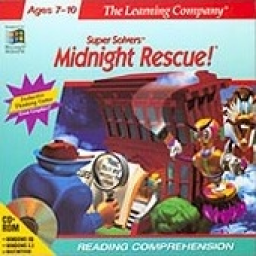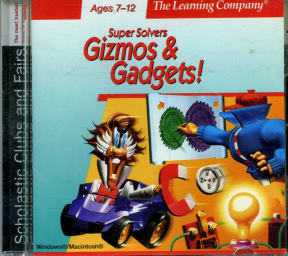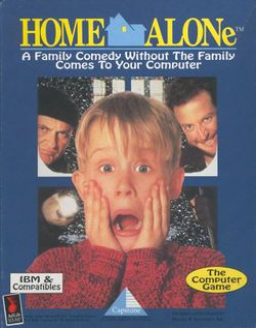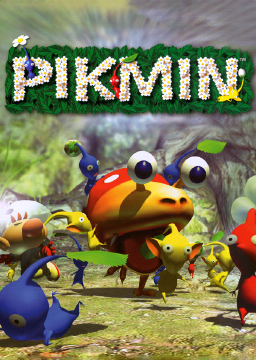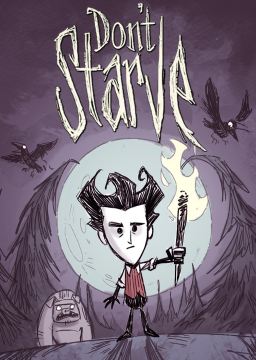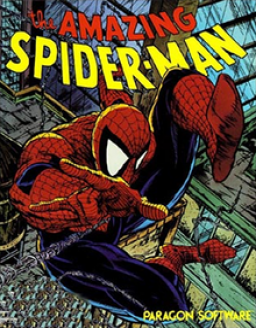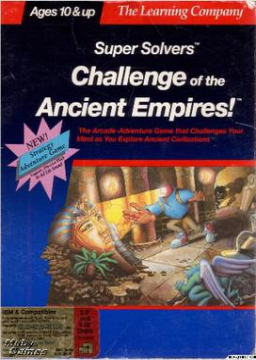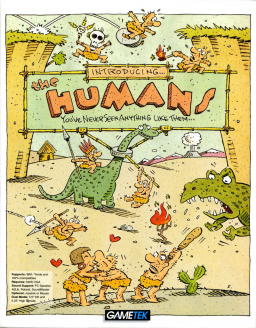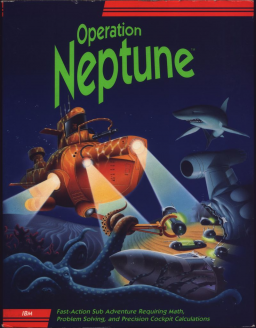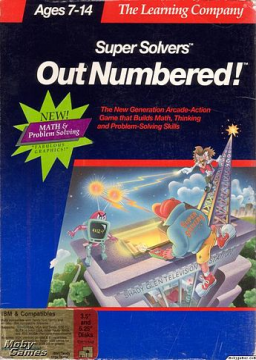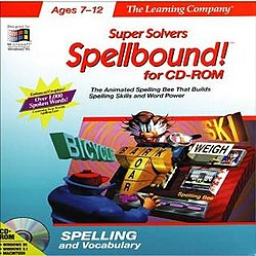Very nice run.. and commentary. Especially about Frederick the Frog and his pants.
I don't know this game as well as I used to, but each of the games in the Treasure series here does it a little bit different. As far as I'm aware, you can't abuse game mechanics to skip the puzzles like you can in Treasure Mountain or Cove- you have to do four puzzles to get the digits. Those are also the only two that have 100% / Max Rank runs for the same reason. I've attempted two Treasure Cove 100% runs, and the repetition is so exhausting.
In case you're not familiar with the other Treasure games, Treasure MathStorm is probably the most similar to this one. There are only two categories over there- one for a single loop and one for a single loop with all the collectibles (crystals in this game) The menuing is kind of a pain in Treasure Cove, Gizmos, and Operation Neptune too, but at least you only have to do it once.
You can play a lot of older PC games here, but you'll have to search for them yourself
If you can finish it in one sitting, you can speedrun it.
Adding to what Lemon said above, a big draw for me is that many of these top performers will interact with the audience. So I can root for a player and feel that I'm actually being heard or ask a player why they make a certain decision and get an answer while I'm watching. Active audience participation is a huge draw for me that other sports don't have.
Second, after I've played through a game I like enough times that it becomes repetitive and boring, there is always a speedrunner who is taking it a step further. For games I've never played before, they can be a sort of "Sparknotes". For instance, I watched someone run through Super Mario Galaxy in the same amount of time it would likely have taken me to just beat the first few levels. However, in that same amount of time, I got to see the entire story arc, and I feel like I got the whole experience in much shorter time, allowing me to move on to other things on my immeasurable long list of games to try.
Seconded. When I was a baby streamer, I had problems getting my audio to record because Mac is weird. I asked about it in the forum of the game I was submitting to and they were okay with it. Later on, I had runs rejected from another game because the layout wasn't specific enough, so it really does depend on the mods/community. Make sure to check the rules and ask about it in the game's forums.
The problem is that it's likely not simple, and if it is, it likely requires base knowledge that definitely isn't simple.
Remember that there are factors outside the games themselves that can make a game enjoyable or not, in particular, the communities associated with them.
My two cents is Harvest Moon 64 - All Photos. You have to know just about everything about the game and it is unforgiving- any one of many mistakes or miscalculations can cost the entire run, because you've usually just saved the game as you realize what went wrong. If you're on autopilot or miscount days and sleep through a festival or photo, it's over. If a typhoon blows away your chickens, it's over. Even if you do everything perfect on your end, you need good RNG to randomly dig a power berry from the farm for the final photo. You have to route on the fly due to NPC locations/appearance RNG and random daily weather. You have to be good at math for dog race betting to get lumber for house extensions. We have generic charts to help, but there's no way to know exactly how much money you'll have or what odds the dogs will have until race day. For casual gamers, this game is chill and relaxing, but it's completely different for speedrunners.
The four best runners did a race for the Really Really Long A Thon this year, and only one of us actually finished. The fastest time is just under six hours for the JP version and 6.5 hours for English.
Same reason that someone would put Antarctica as their country
I think I understand what you mean, but I don't really like the term "playable area", because what makes an area "playable"? If you can get a character there and play in it with normal controls, isn't that "playable"? Sure the visuals don't render properly, but the game still functions.
The outer-most boundary is not the only boundary. If we take your hypothetical house game as an example, each room is also bound by walls that are not meant to be entered. Even if both sides of the wall are accessible through a doorway between them, if you clip through the wall to get from one to the other, you are leaving this "playable area", if only for a short time. The width of the wall isn't a factor- you can't "clip" without entering a "non-playable area".
Let's say our house is a perfect cube with a single wall. The boundary isn't just the outside of the cube, but extends inward with the wall. This area is within the "external wall", but is also considered "out of bounds".
Your examples in programming terms:
- if you clip through a locked gate without a key, you must exist for some period of time within the wall, a "non-playable area"
- If you build up enough speed in Super Mario 64 "endless corridor", you can bypass the collision check, a boundary meant to keep you from passing
- The chasm is a bit trickier, but it's a classic lock-and-key scenario in disguise. The lock is the chasm and the key is the jetpack. I'm not as sure about this one anymore.
You offered one of the most RNG heavy games, lol. Chance time can kill a Mario Party game instantly.
What console (s) do you have? The Harvest Moon community has a lot of casual runners, and a few who just play for fun if you're interested: https://discord.gg/NTpTUh
In general, "out of bounds" refers to a part of the game that wasn't intended, where the rules and logic of the game as a whole may or may not apply. The term itself is somewhat outdated, but we still use it to refer to reaching areas before the game's creator intended or areas that are undefined or not meant to be reached at all. In some games, the bounds are relative.
Imagine a two dimensional screen where your character is displayed at coordinates X and Y. As you move left, the X coordinate decreases and the character is displayed farther to the left on the screen. However, the screen is only so big, so if that number is too high or too low, the character will be displayed off the screen (and may result in an error). To keep this from happening, the game creators will define the "bounds" or the "playing area". If the display number is too low or too high, these games have safeguards to set the number back within the bounds.
"Out of bounds" is (generally) defined as somehow bypassing this safeguard, though its interpretation can change drastically depending on what game it's being applied to. It doesn't need to be done with a glitch, though the two tend to come together since a glitch is also something the game's creator didn't intend.
It can be more difficult to determine what is and isn't "out of bounds" when you use in-game mechanics. If we use backward long jumps to climb normally impassable stairs, are we going out of bounds? What if we use successive attacks to extend a jump to a longer-than-usual distance like in the video?
I'd say yes. Barriers don't have to be walls. They can be disguised as chasms, slippery stairs, locked gates, or just about anything within the game's logic. Even if these barriers can be unlocked or removed later, we are still bypassing a barrier placed by the game's creator specifically intended to keep you from passing. The stairs are supposed to be impassable, like that chasm. They are the creator's "bounds", and you are leaving them. You are "out of bounds".
Just to confirm, does this include the Pokemon Tower in Pokemon Stadium? I have an old cartridge, but the only console I have is an N64. Is using the tower in Pokemon Stadium to play an N64 considered an emulator?
Is there a reason you turn the robot backward in the maze? Or is it just convenient?
WX-78 eats 15 gears "Well, death is one less thing to worry about"


